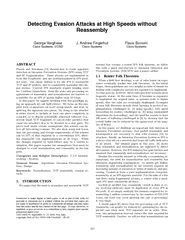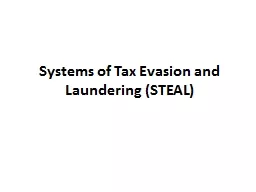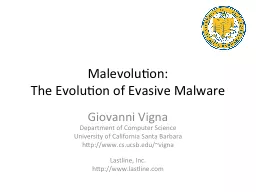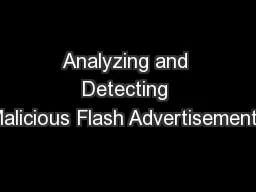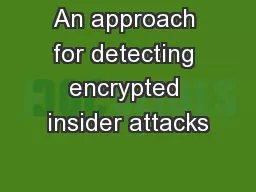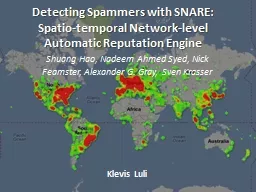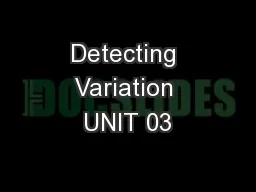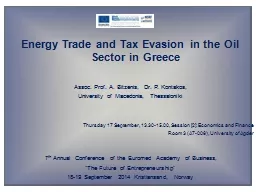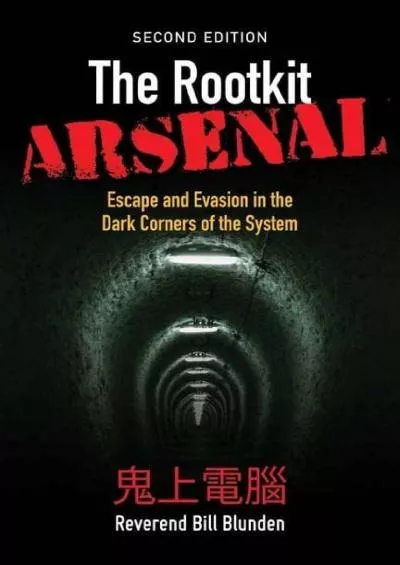PDF-Detecting Evasion Attacks at High Speeds without Reass
Author : natalia-silvester | Published Date : 2015-06-13
Andrew Fingerhut Cisco Systems Flavio Bonomi Cisco Systems ABSTRACT Ptacek and Newsham 14 showed how to evade signature detection at Intrusion Prevention Systems
Presentation Embed Code
Download Presentation
Download Presentation The PPT/PDF document "Detecting Evasion Attacks at High Speeds..." is the property of its rightful owner. Permission is granted to download and print the materials on this website for personal, non-commercial use only, and to display it on your personal computer provided you do not modify the materials and that you retain all copyright notices contained in the materials. By downloading content from our website, you accept the terms of this agreement.
Detecting Evasion Attacks at High Speeds without Reass: Transcript
Download Rules Of Document
"Detecting Evasion Attacks at High Speeds without Reass"The content belongs to its owner. You may download and print it for personal use, without modification, and keep all copyright notices. By downloading, you agree to these terms.
Related Documents

